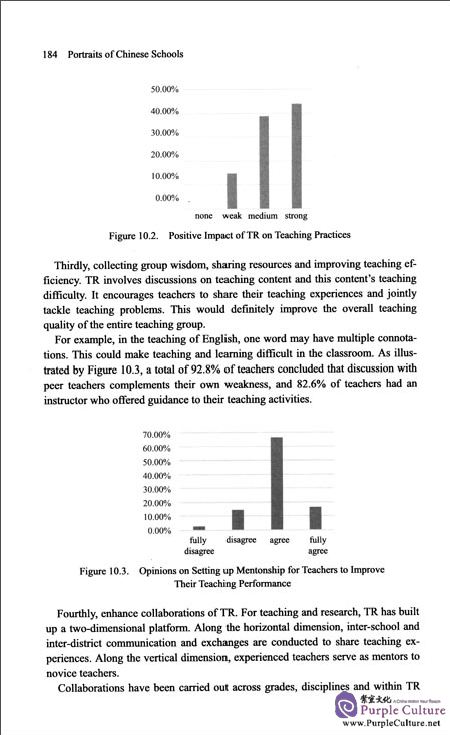Sample Pages Preview

Duoduo's mother says that making use ofparents to protect children works very well.The crowd at the school entrance disperses within 15 to 20 minutes and in a much more orderly way than before.In this manner, school security personnel,teachers on duty and parent volunteers work in tandem to promote school safety.In addition, through the voluntary duty system, parents start to recognize the difficulties on the school's side.In Duoduo's mother's opinion, the school personnel and parents get in touch and appreciate each other as they work together.Seeing the efforts made by parents, school leaders and teachers will experience a boost of morale and know that their work is valuable and important; and when parents realize how hard the teachers work for their children, they will be more supportive and tolerant of the school.
2.2 Thoughts on Parent—School Cooperation
Currently, schools are expected to deliver highly ambitious results, such as equal access to education opportunities, quality education, individualized education and better vocational education.Such unrealistic expectations create a huge amount of pressure for schools.At the Education Reform Seminar co—hosted by the China Education 30 Forum and Caijing magazine, Professor Xiang Xianming from Renmin University of China pointed out that educational issues were often mixed up with social, management or political issues.Therefore, sole reliance on schools is not sufficient to address issues that require the joint efforts of schools, families and society at large.
